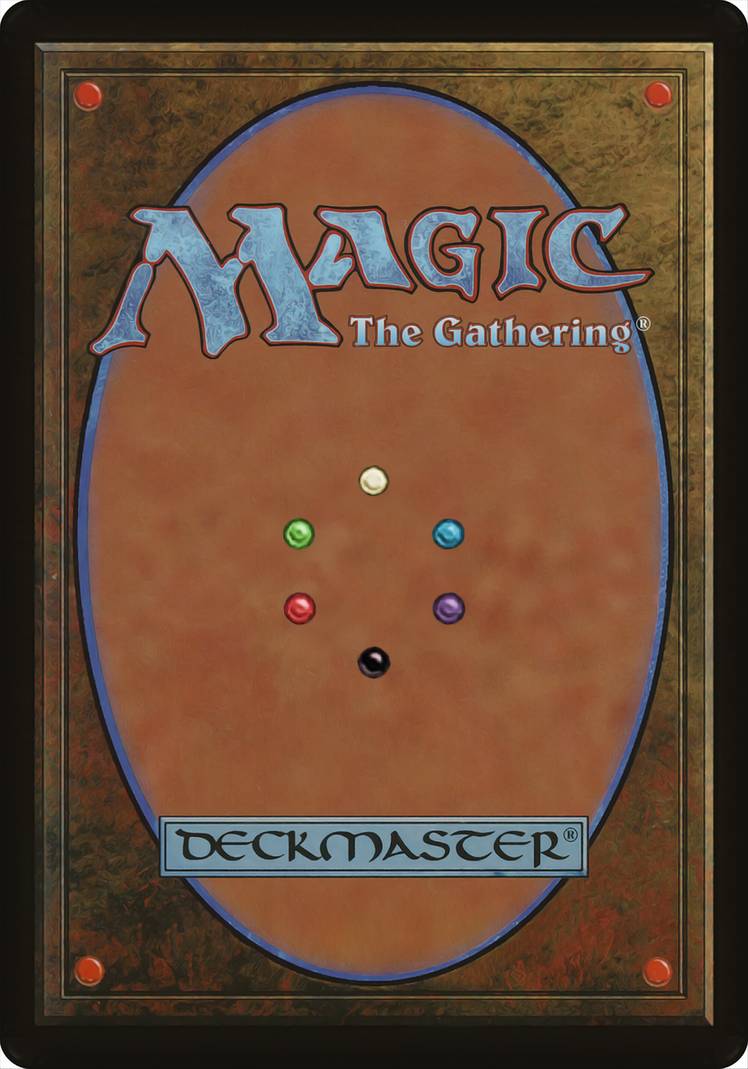Skip to content
At the beginning of your upkeep, sacrifice Barrow Ghoul unless you exile the top creature card of your graveyard.
"They killed my family to deny me a future. They fed on my ancestors to deny me a past."n—Crovax
WTH · EN Illus. Bryan Talbot
| standard |
|
future |
|
| historic |
|
timeless |
|
| gladiator |
|
pioneer |
|
| explorer |
|
modern |
|
| legacy |
|
pauper |
|
| vintage |
|
penny |
|
| commander |
|
oathbreaker |
|
| standardbrawl |
|
brawl |
|
| alchemy |
|
paupercommander |
|
| duel |
|
oldschool |
|
| premodern |
|
predh |
|
|
|
|
|
Printings
- Barrow Ghoul
- 23-Jun-2023 - Common [Masters]
- #WTH-61 - The List
- Bryan Talbot


